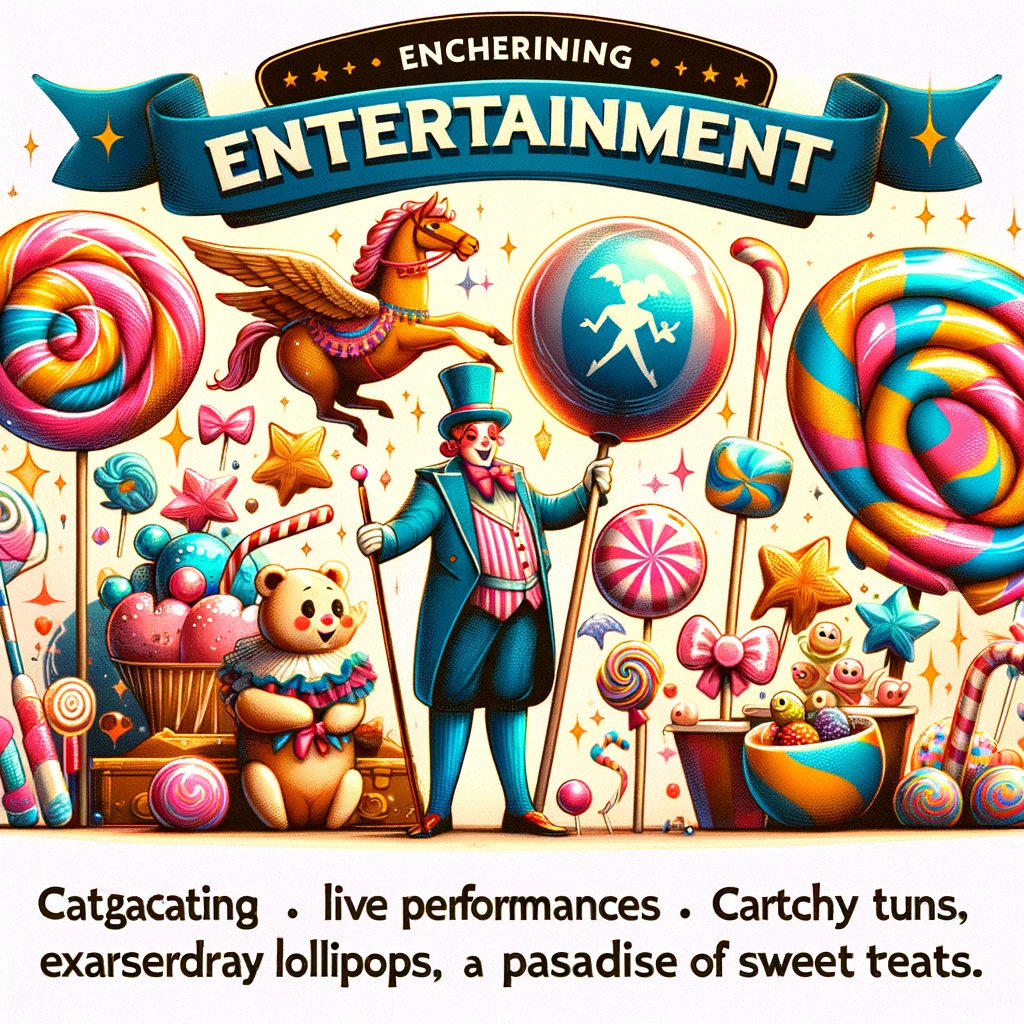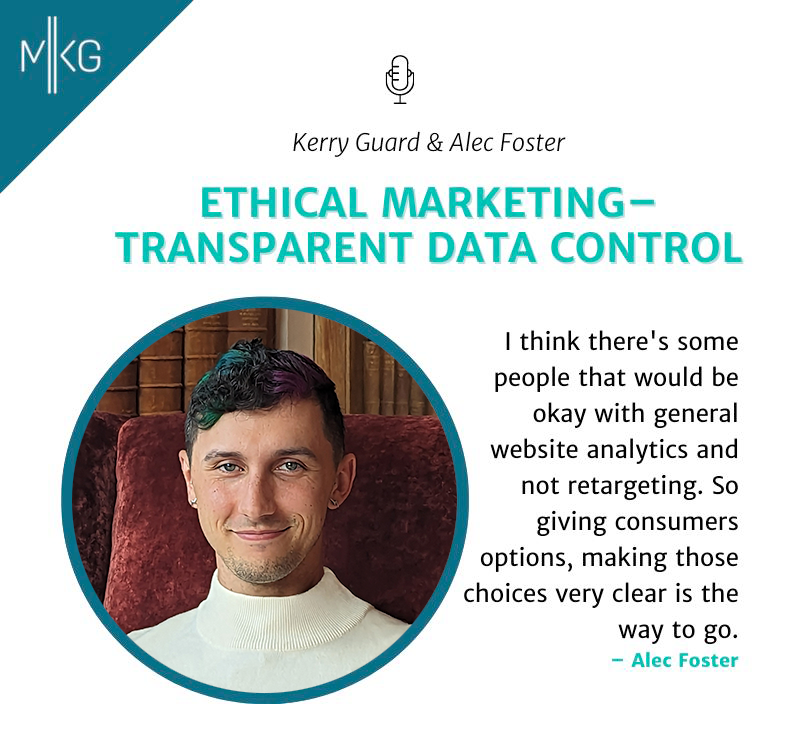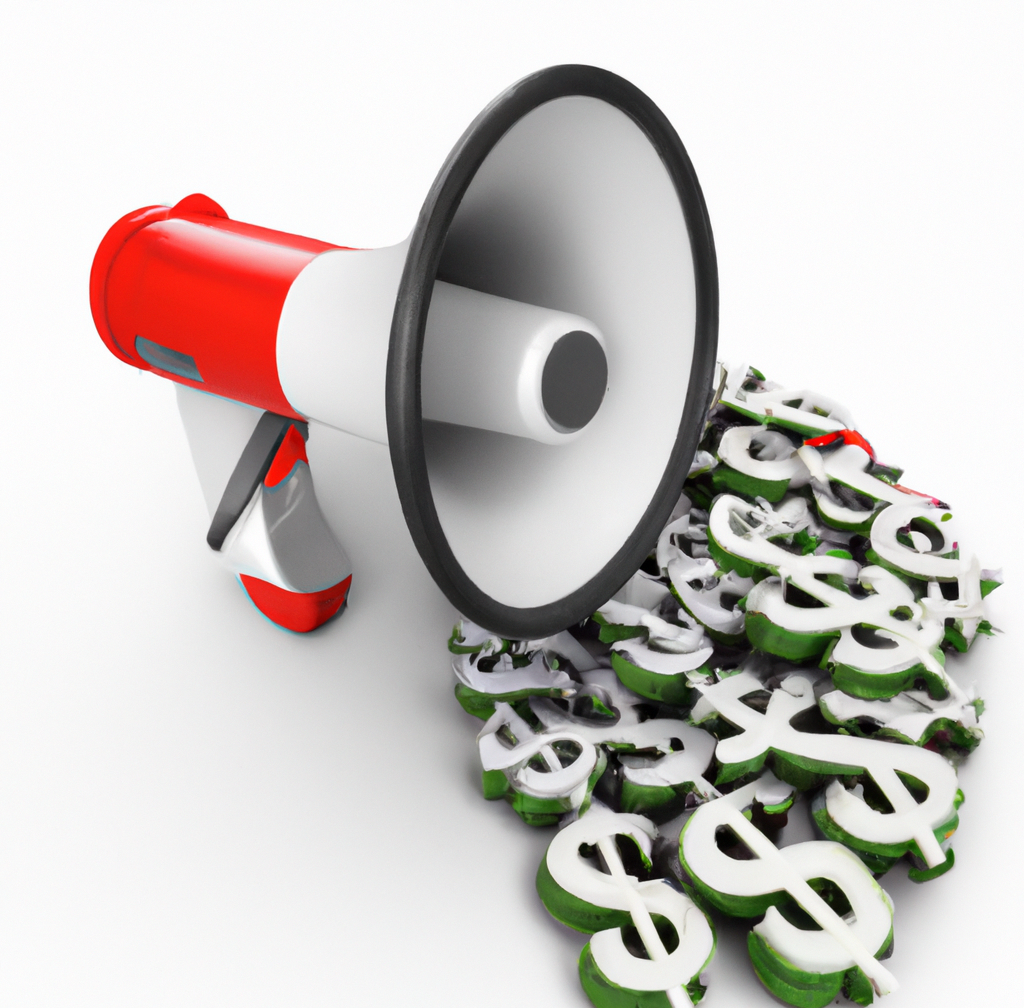Home ➤ Blog ➤ Marketing Ethics, Generative AI ➤ Lessons from Willy's Chocolate Catastrophe: Navigating AI's Role in Art and Labor

Lessons from Willy's Chocolate Catastrophe: Navigating AI's Role in Art and Labor
Alec Foster • 2024-03-06
Marketing Ethics, Generative AI, Marketing
The recent theatrical fiasco "Willy's Chocolate Experience" serves as a stark warning about the dangers of misusing AI in the creative industries. Heavily promoted on social media but derided for its poor quality and high ticket prices, this event epitomizes how the irresponsible application of AI can lead to the degradation of art, unfair labor practices, and a disappointing experience for audiences.
While the online mockery of Willy's Chocolate Experience is entertaining, the deeper implications of this debacle are no laughing matter. Marketed as an immersive, whimsical journey, the actual event in Glasgow left attendees feeling ripped off, having paid up to $44 for a lackluster experience marked by a bare industrial setting, nonsensical script, and inept management by Billy Coull's 'House of Illuminati' production company. Beyond these immediate failings, Willy's Chocolate Experience exemplifies the broader cultural degradation and cheapening of art that can occur when AI is haphazardly deployed without regard for human creativity, artistic integrity, or ethical considerations.
Understanding Immersive Experience Design and AI
As someone who has led over twenty immersive entertainment productions, crafting everything from multi-act musicals to interactive games played by a thousand participants simultaneously, I have firsthand experience with the transformative power of immersive art. I've also engaged extensively with AI tools in creative contexts. And as an AI ethicist and marketer, I am deeply familiar with the potential benefits of AI for artists, as well as the ethical quandaries that arise regarding issues like truthful advertising and fair labor practices.
When used judiciously and responsibly, AI can be an incredible aid to the creative process, helping artists bring their visions to life in novel ways. However, Willy's Chocolate Experience represents a case study in what happens when AI is misused and over-relied upon to the detriment of human artistry.
The Pitfalls of AI Over-Reliance
A cursory review of the experience's website and script makes it glaringly apparent that AI was leaned on heavily throughout the creative process, to disastrous effect. AI detection tools like Originality.AI score the 3,220-word script as 99% likely to be machine-generated. It bears all the hallmarks of AI writing – bland language, clichéd phrases, and a lack of narrative heart or coherence.
This is the crux of the problem with over-relying on AI in creative work. AI models are fundamentally unoriginal, regurgitating patterns and tropes from their training data in statistically probable but ultimately soulless permutations. The result, in this case, was an experience utterly devoid of authentic artistic vision, cobbled together from the generic building blocks of AI outputs.
Sadly, this over-reliance on AI to the exclusion of meaningful human creative input is becoming an alarming trend. Recent reporting from The Information delved into the growing unease among creators about the impacts of generative AI. Many expressed fears of being drowned out in an avalanche of AI-generated content and of feeling pressured to use these tools to remain competitive.
While I generally argue that AI is just another tool in the artist's toolbox, this incident illustrates how easily these tools can be misused in pursuit of easy profits, sidelining and short-changing human creatives in the process. When AI ceases to be an aid to human creativity and instead becomes a substitute for it, the art suffers, and so do the artists.
The Human Cost of AI Misuse
Perhaps the most troubling aspect of the Willy's Chocolate Experience saga is how it rode roughshod over its human performers and creatives. The actors were given no input on their roles, no insight into the overarching artistic vision, and were essentially handed what one performer described as "15 pages of AI-generated gibberish" in lieu of a coherent script.
This marginalization of human talent in the name of "efficiency" and cost-cutting is a disturbing reflection of wider trends in the creative industries in the age of AI. Increasingly, companies are using AI to generate first drafts of scripts, articles, ad copy and more, relegating human creatives to glorified AI output editors, if they're even kept around at all.
We've seen this in the screenwriting space, where AI is being used to churn out screenplay drafts, and in journalism, with outlets like CNET, Men's Journal, and Sports Illustrated increasingly using AI to generate SEO-optimized articles. Even marketing agencies are jumping on the bandwagon, using AI tools to generate everything from ad creative to social media posts.
The 2023 Writers Guild of America strike was largely catalyzed by concerns over the potential for AI to displace human writers and erode their bargaining power. This trend isn't limited to Hollywood, across creative industries, we're seeing workers reckoning with the impacts of AI on their livelihoods and craft.
The result is a cheapening of the creative process, where skilled human insight, emotion, and imagination are supplanted by the generic, probabilistic outputs of machine learning models. It's a world where artists become afterthoughts, brought in for a veneer of soul, only after the AI has already determined the shape and substance of the work.
This is a far cry from the kind of respectful, collaborative, and equitable working environment that empowers artists to bring their full selves to the creative process. If we're not careful, the misuse of AI in the arts could lead us to a cultural landscape that's a lot like Willy's Chocolate Experience – flashy on the surface, but ultimately hollow and unsatisfying.
Spotting the AI Tells (For Now)
At the moment, it's often still possible to identify AI-generated content by looking for telltale signs:
- In text, watch for overused words and clichéd phrases like "transformative," "fostering," "digital landscape," "a tapestry of...", and "not only [X], but also [Y]." Also, watch for unusual or over-complex sentence construction and a lack of personal experience or emotion.
- In images, unnatural or inconsistent details like warped lines, nonsensical letters or words, overly vivid or saturated colors, disproportioned anatomy (especially hands, teeth, or eyes), or muddled details can be a giveaway that you're looking at machine-generated visuals.
However, it's essential to recognize that as the technology behind generative AI races ahead at breakneck speeds, these indications will likely become more subtle. The lines between human and machine-made creative works will increasingly blur.
This shift raises challenging questions about authenticity, credit, and the very nature of art in the age of AI. If an AI system is trained on the works of human artists and then used to generate new pieces in their style, who is the actual creator? What happens to our intuitive notions of artistic authenticity and originality when AI can endlessly recombine and remix the corpus of existing works into plausible pastiches?
Toward an Ethics of AI in Art
Grappling with these questions will be one of the great challenges for the art world in the coming years. It's tempting to take a hardline stance and insist that "real art" must be entirely human-made, but this risks missing out on the genuinely exciting creative possibilities that AI can open up.
As an artist, I've already used AI to generate design mockups of rooms as part of an art grant proposal, and as a brainstorming partner to quickly generate lyrics on unusual topics. Used thoughtfully, AI could be a powerful tool for augmenting and expanding human creative capacities.
The key is approaching these tools with intention, care, and a robust ethical framework that prioritizes human agency, artistic integrity, and equitable collaboration. Here are some core principles for the responsible use of AI in creative contexts:
- AI should assist and augment human creativity, not replace it wholesale. Use AI to enhance and extend your creative process, but don't let it take the driver's seat.
- Be transparent about how AI is used in your projects. Disclose when elements are AI-generated so that audiences can interpret the work with full context.
- Give credit where it's due. If your piece builds on AI outputs, acknowledge this and consider how to fairly attribute and compensate any artists involved.
- Keep humans in the loop and in control, especially regarding key creative decisions. Use AI as a collaborator, not a crutch.
- Respect intellectual property rights and steer clear of training AI on copyrighted works without permission. The ethical and legal landscape around AI and IP is still murky - tread carefully.
- Think critically about the outputs you're getting from AI systems. They can reflect biases and blindspots from their training data. Don't just accept what the machine spits out as gospel.
- Regularly interrogate your own process. Ask yourself: am I using AI in a way that enhances my artistry and respects my collaborators? Or am I starting to lean on it as a shortcut?
There's no easy, one-size-fits-all approach to integrating AI into creative workflows. It's going to take ongoing experimentation, dialogue, and vigilance from the artistic community to figure out where the lines should be drawn.
Art in the Age of AI
The story of Willy's Chocolate Experience, in all its absurdity, is a potent reminder of how important it is that we get this right. It's a worst-case scenario of what can happen when the hype around AI in art gallops ahead of ethical considerations and respect for the artists themselves.
But it doesn't have to be a harbinger of where we're headed. If we approach AI with thoughtfulness, intentionality, and a commitment to human artistry, we can harness these tools to create in extraordinary new ways, without losing sight of the beating heart of the creative process.
As artists, writers, musicians, and filmmakers – and those who employ them – we have an opportunity and a responsibility to shape how these technologies are used in our fields. We can be the ones to assert the primacy of human creativity and craft in the face of automated efficiency. We can be the ones to pioneer ethical, equitable collaborations with AI that respect the artist's role and the integrity of the work. It won't be easy, and there will undoubtedly be more cautionary tales. But if we can learn from these mistakes and resolve to do better, we can chart a course toward a future where AI supports and celebrates human creativity rather than supplanting it.

